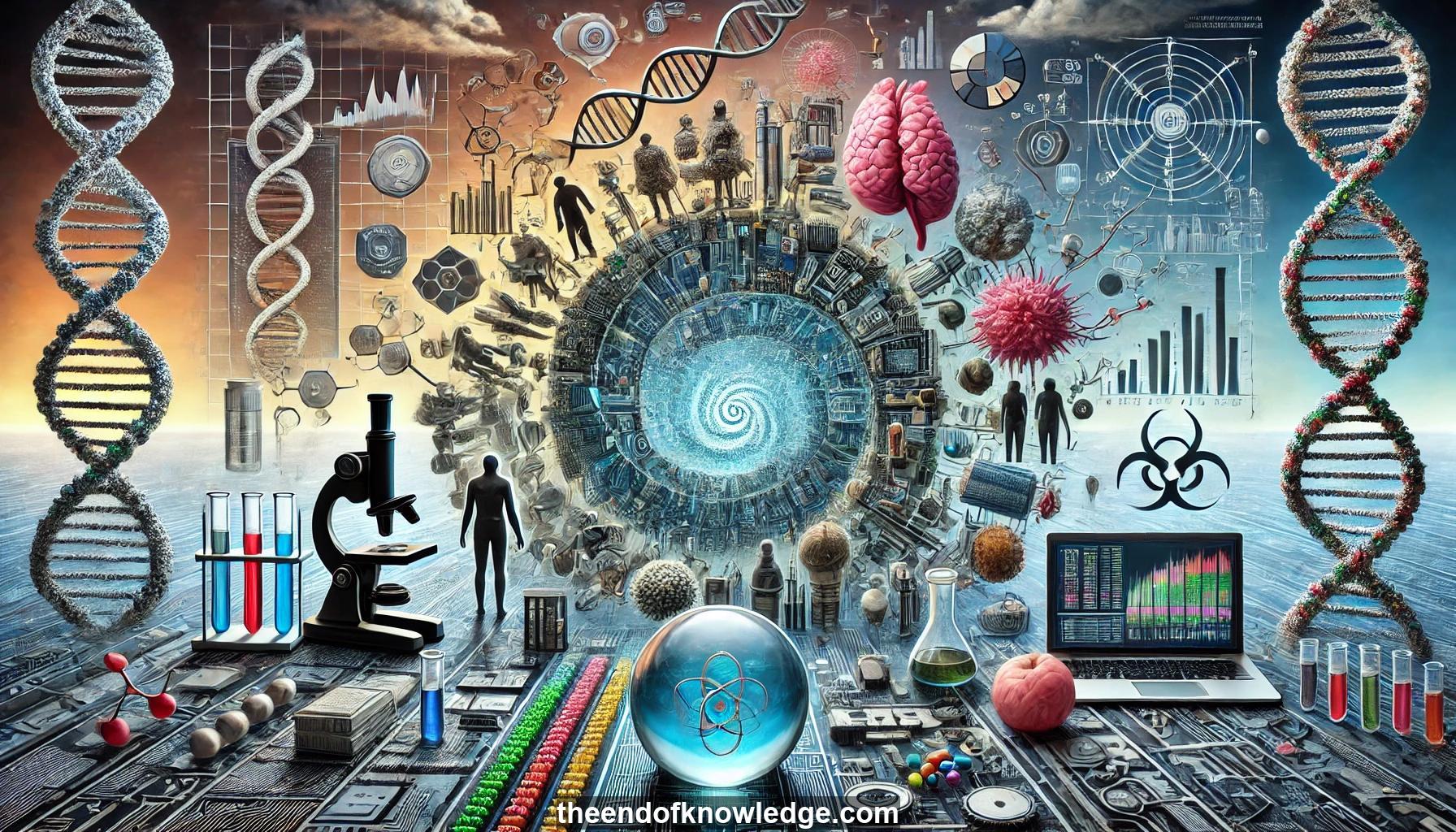 >
>
Concept Graph & Resume using Claude 3.5 Sonnet | Chat GPT4o | Llama 3:
Resume:
1.- Drug discovery: Process of developing new medications, with recent successes in vaccines, cancer treatments, and genetic therapies like for cystic fibrosis.
2.- Eroom's Law: Exponential decrease in pharmaceutical R&D productivity, with current cost per approved drug exceeding $5 billion due to high failure rates.
3.- Machine learning in drug discovery: Using AI to make better predictions at decision points throughout the drug development process.
4.- In-Citro approach: Integrating machine learning with high-quality data creation/collection to improve predictions in pharmaceutical R&D value chain.
5.- Convergence of life sciences and machine learning: Combining biological data generation tools with AI to drive insights in drug discovery.
6.- End-to-end learning: Machine learning approach that learns data representations, uncovering relationships between instances not apparent in original labeling.
7.- Human biology modeling: Using machine learning to create representations of human biology for predicting clinical impact of interventions.
8.- Patient heterogeneity: Understanding that complex diseases often comprise multiple biological processes, necessitating targeted therapeutics for specific patient subgroups.
9.- Human genetic data: Leveraging DNA sequencing and phenotypic information to understand genetic drivers of disease and drug targets.
10.- Biobanks: Large-scale collections of biological samples and data, like UK Biobank, enabling genetic and clinical research.
11.- Genome-wide association studies: Research linking genetic variants to clinical outcomes or traits, revealing genetic architecture of diseases and characteristics.
12.- Indexer technology: Provides more quantitative, sensitive readout of compound binding affinity, improving machine learning model inputs.
13.- Active learning loop: Iterative process of model training, compound selection, and testing to improve predictive capabilities in drug discovery.
14.- Digital biology: Emerging discipline combining quantitative biology measurement/intervention tools with data science/machine learning for biological insights and interventions.
15.- Organs-on-chips: In vitro models replicating multiple cell types and complex relationships, useful for studying biological systems.
16.- Organoids: 3D cell cultures derived from stem cells, forming miniature organ-like structures for more scalable, faithful organ recapitulation.
17.- Causal relations in genetics: Genetic variants associated with disease phenotypes often indicate causal relationships, with some confounding factors.
18.- Out-of-distribution robustness: Developing machine learning models that can generalize to data outside the training distribution, important for biological applications.
19.- Data quality and artifacts: Importance of high-quality, purpose-built datasets for machine learning in biology to avoid model focus on spurious correlations.
20.- Machine learning in wet lab processes: Using AI to optimize cell culture conditions and experimental procedures, enhancing data generation.
21.- Limits of learnability in biology: Philosophical question about which biological processes can be effectively modeled and predicted by machine learning.
22.- Academia to industry transition: Challenges and motivations for moving from academic research to industrial applications in biotech.
23.- Team-based approach: Importance of interdisciplinary collaboration and effective teamwork in tackling complex biomedical problems.
24.- DNA-encoded libraries: Technology enabling synthesis and testing of vast numbers of chemical compounds for drug discovery.
25.- Programmable DEL synthesis: Advanced method allowing on-demand creation of large compound libraries based on DNA-encoded instructions.
26.- Graph neural networks: Machine learning models effective at processing molecular structures for predicting binding affinities and other properties.
27.- Regression vs. classification in drug discovery: Utilizing continuous predictions (regression) can provide more informative results than binary classification.
28.- AlphaFold impact: Demonstration of machine learning's potential in solving complex biological problems like protein structure prediction.
29.- Induced pluripotent stem cells: Technology enabling creation of diverse cell types from reprogrammed adult cells, useful for disease modeling.
30.- Machine learning for histopathology: Application of AI to analyze medical images, potentially improving diagnostic accuracy and efficiency.
Knowledge Vault built byDavid Vivancos 2024